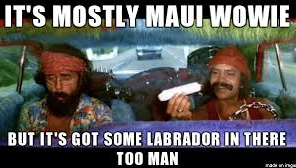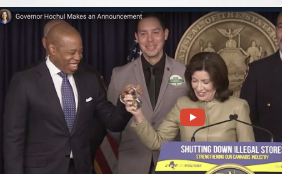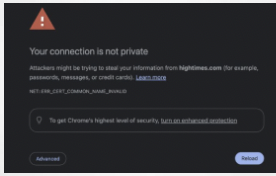They outline four topics for discussion in their proposal, “How to strengthen New Zealand’s proposed cannabis legalization and control bill”
- Set a formal minimum price for cannabis
- Lower the potency cap for cannabis products
- Difficulties reducing cannabis use over time via a commercial market
- Difficulties taxing products by THC potency
Two drug policy experts have identified gaps and challenges in New Zealand’s proposal for legalizing recreational cannabis. In advance of a widely-watched national referendum vote to be held this September, Associate Professor Chris Wilkins and Dr. Marta Rychert of Massey University argue in the pages of Addiction that New Zealand’s Cannabis Legislation and Control Bill (CLCB) needs to be strengthened in two critical areas:
Set a formal minimum price for cannabis: The legalization of cannabis in other jurisdictions has resulted in significant declines in the legal price of cannabis. Minimum unit pricing has been shown to be effective at reducing alcohol consumption levels and related harms. The CLCB includes a discretionary power to raise the excise tax for cannabis for a maximum of 12 months if the price of cannabis drops below the level consistent with purposes of the Act. This discretionary power lacks clear criteria for activation and thus falls short of a clear minimum price provision.
Lower the potency cap for cannabis products: High potency cannabis is associated with increasing first-time cannabis treatment admissions, transition to daily use, cannabis dependence and higher risk of psychosis and psychosis relapse. The CLCB’s maximum potency levels for cannabis plant (15% THC) appears to be at the higher end of those currently found in the black market in New Zealand. Potency levels for edibles and extracts are expressed as milligrams “per unit” and “per package” without defining what constitutes a unit or package. (Edibles and concentrates will not initially be sold but they are included in the CLCB for future approval.)
Wilkins and Rychert also identify two public health objectives of the CLCB that will be difficult to achieve:
Difficulties reducing cannabis use over time via a commercial market: The CLCB largely proposes a commercial cannabis market with provisions for non-commercial and not-for-profit supply. The CLCB objective of lowering cannabis use over time appears at odds with the proposed commercial cannabis sector, which will focus on expanding sales. Non-commercial or not-for-profit operators can provide legal access to cannabis while avoiding profit driven commercial companies.
Difficulties taxing products by THC potency: The CLCB proposes a progressive product excise tax based on THC potency and weight. Considerable work will be required to implement a potency-based tax, including consistent sampling procedures, certified testing facilities, and effective auditing to prevent producers gaming the system. Also, the reliability and replicability of testing THC is problematic. A weight-based tax (similar to the taxation of tobacco) may be a more practical alternative for now.
Dr Wilkins says: “The New Zealand referendum vote will be the first time a country will have the opportunity to vote on a comprehensive regulatory framework to legalise cannabis rather than a general question asking whether cannabis should be legal or not. It’s therefore important that New Zealand voters clearly understand the strengths and weaknesses of the proposed CLCB.”
Wilkins and Rychert provided feedback on the first draft of the CLCB to the New Zealand Ministry of Justice Cannabis Referendum Team, along with a number of other anonymous experts and public commentators. The authors received no financial or non-financial remuneration for these comments.
https://www.eurekalert.org/pub_releases/2020-07/sfts-hts070820.php

















